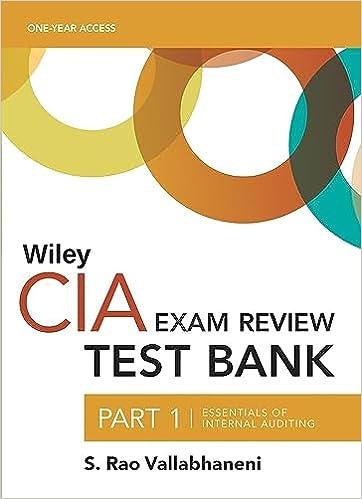
B. Strict liability vs. negligence in situations of bilateral precaution In many cases, both the injurer and the victim can affect the probability and the magnitude of harm (these situations call for "bilateral precaution"). Thus, suppose the pedestrian can also take precaution: they can walk or run. Let's turn to the driving example again: (NOTE: we assume running is costly and requires more energy; always $10 more than walking) 9. By how much does the pedestrian's harm grow when they run rather than walk? 10. What is the socially efficient combination of driver and pedestrian conduct? In the following questions, assume that running provides additional benefits to the pedestrian valued at $5 (for example, due to saving of time). Assume also strict liability and perfect compensation. 11. Does the pedestrian have a dominant strategy? If so, what is it? If not, explain. 12. Does the driver have a dominant strategy? If so, what is it? If not, explain. 13. Is the above pedestrian/driver result socially efficient? Explain. In the following questions, maintain the assumption that running provides additional benefits to the pedestrian valued at $5 (for example, due to saving of time) and perfect compensation. However, now assume negligence (standard set at socially efficient level) rather than strict liability. 14. Does the driver have a dominant strategy? If so, what is it? If not, explain. 15. Given optimal action of the driver, what does the pedestrian choose? Explain. 16. Is this combination efficient? Explain. B. Strict liability vs. negligence in situations of bilateral precaution In many cases, both the injurer and the victim can affect the probability and the magnitude of harm (these situations call for "bilateral precaution"). Thus, suppose the pedestrian can also take precaution: they can walk or run. Let's turn to the driving example again: (NOTE: we assume running is costly and requires more energy; always $10 more than walking) 9. By how much does the pedestrian's harm grow when they run rather than walk? 10. What is the socially efficient combination of driver and pedestrian conduct? In the following questions, assume that running provides additional benefits to the pedestrian valued at $5 (for example, due to saving of time). Assume also strict liability and perfect compensation. 11. Does the pedestrian have a dominant strategy? If so, what is it? If not, explain. 12. Does the driver have a dominant strategy? If so, what is it? If not, explain. 13. Is the above pedestrian/driver result socially efficient? Explain. In the following questions, maintain the assumption that running provides additional benefits to the pedestrian valued at $5 (for example, due to saving of time) and perfect compensation. However, now assume negligence (standard set at socially efficient level) rather than strict liability. 14. Does the driver have a dominant strategy? If so, what is it? If not, explain. 15. Given optimal action of the driver, what does the pedestrian choose? Explain. 16. Is this combination efficient? Explain







